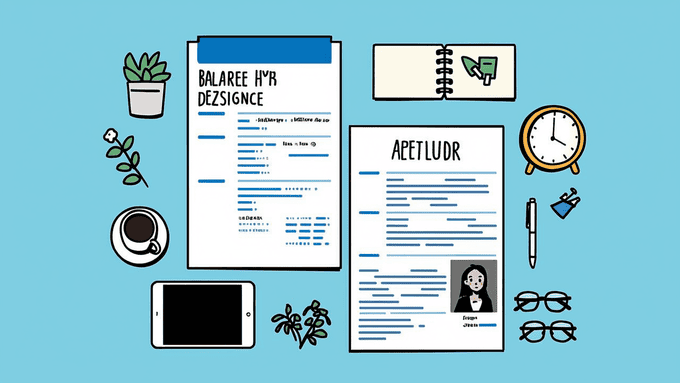Career Growth in the Workplace

What Is Career Growth?
Career growth is the process of advancing professionally within an organization. It involves moving towards a final career goal, expanding skills, taking on more responsibilities, and increasing one's value within a company.
Career Growth vs Career Development
While career growth involves moving up in an organization, career development focuses on steps towards long-term goals, including personal growth, acquiring new skills, and building a professional network.
Career Growth Stages
Career growth can be understood in six stages:
- Follower: Learning organizational culture.
- Collaborator: Contributing to team success.
- Instructor: Sharing knowledge informally.
- Manager: Overseeing teams and making decisions.
- Influencer: Shaping strategy and inspiring change.
- Leader: Driving the organizational vision.
Types of Career Growth
Career growth can manifest in various ways:
- Becoming an active participant in meetings.
- Broadening job scope to include new tasks.
- Promotions within the organization.
- Influencing project outcomes.
- Switching departments or companies for more authority.
- Moving from individual contributor to manager.
Benefits of Career Growth
For Employees
- Enhanced job satisfaction.
- Increased earning potential.
- Skill development.
- Better marketability.
- Professional recognition.
- Improved job security.
- Expanded professional network.
- Increased autonomy and responsibility.
- Better work-life balance.
- Opportunities for leadership.
- Personal fulfillment.
For Employers
- Attracts top talent.
- Boosts employee retention.
- Enhances employee engagement.
- Fosters a culture of learning.
- Improves company reputation.
- Encourages talent development.
- Drives innovation.
- Increases workforce flexibility.
- Builds strong leadership.
- Enhances team dynamics.
How to Provide Career Growth for Employees
To implement career growth in the workplace, follow these steps:
- Assess Organizational Needs: Analyze current and future needs, skill gaps, and competencies required.
- Determine Employee Aspirations: Have open conversations to understand professional goals and interests.
- Define Clear Career Paths: Create structured outlines of professional roles, milestones, and required skills.
- Encourage Initiative: Foster a culture that values innovation and self-driven development.
- Implement Regular Performance Evaluations: Provide feedback, set goals, and identify areas for improvement.
- Foster a Culture of Feedback: Encourage open, constructive communication at all levels.
- Start a Mentorship Program: Pair experienced employees with less experienced ones for knowledge sharing.
- Offer Professional Development Opportunities: Provide resources and experiences to enhance skills and knowledge.
- Encourage Cross-Departmental Collaboration: Create opportunities for employees to work together across departments.
- Support Work-Life Balance Initiatives: Address diverse needs to ensure a healthy balance between professional and personal life.
- Create Leadership Development Programs: Offer training sessions, mentorship, and practical leadership experiences.
- Recognize and Reward Achievements: Acknowledge hard work, accomplishments, and contributions.
- Promote From Within: Fill open positions with current employees ready for advancement.
Career Growth FAQs
- Career Growth of Employees: Refers to their journey towards professional goals, including gaining new skills and responsibilities.
- Importance of Career Growth: Mutual benefits for both employers and employees, driving organizational success and personal fulfillment.
- Discussing Career Growth in an Interview: Articulate potential for success and alignment with company vision.
- Telling Boss About Career Growth: Set realistic expectations, align personal objectives with organizational goals, and discuss aspirations with the manager.